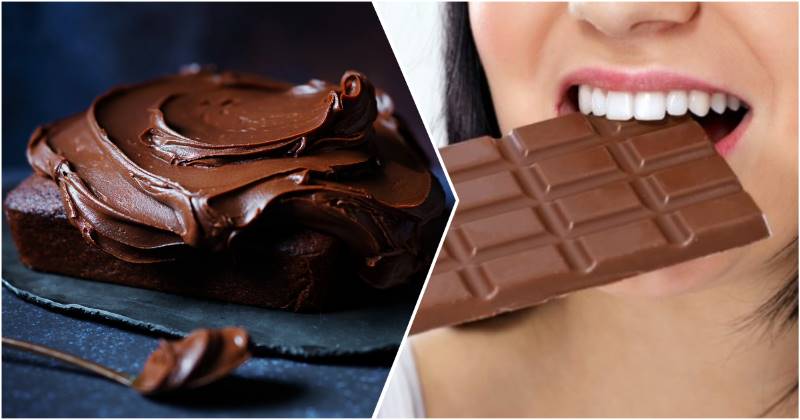When you’re trying to lose weight, you might try different methods in order to get results quickly, and that may sometimes backfire. Many diets tell you to eat very little and go to the gym every day, which can be hard if you lead a busy life, balancing work and family life, with little time to spare for other things. But don’t worry, we’re here to help you take small, manageable steps toward weight loss without feeling overwhelmed. Our advice: don’t wait to start your weight loss journey because you’re busy. The right time to start is now!

Here’s the good news – You don’t need to start eating a “salad only” diet to achieve weight loss — begin with baby steps, and you will notice a big difference. To begin with, try skipping dessert after dinner or reducing the amount of sugar from your tea or coffee. In fact, think of every meal as a chance to lose weight. Losing weight isn’t complicated when you use the right strategies and eat a healthy, balanced diet. If you’re not sure where to start because it feels overwhelming, try these 5 effective baby steps for weight loss.
Why Taking Baby Steps is Important To Achieve Weight Loss?
Taking small steps to lose weight is important because it helps you create habits you can stick for long term without the pressure overwhelming you. On the other hand, leaping forward with crash diets can have side effects that’s not good for weight loss because it involves eating as less as possible which can put the body into a starvation mode, where it lowers metabolism to save energy, making it harder to lose weight.
Additionally, crash diets often lack important nutrients, leading to fatigue and other health problems. When you stop the diet, you’re likely to regain the weight quickly because your body stores more fat in response to the earlier starvation. Gradual changes are more enjoyable and easier to handle, helping you keep the weight off by building lasting, healthy habits.
5 Effective Baby Steps For Achieving Weight Loss:
1. Boost Your Metabolism:
A robust metabolism is essential to lose weight because when the metabolism is sluggish, it can make the weight loss process a tad bit hard. Metabolism is generally referred to the process that converts calories from the food into energy. A good metabolism would help the body burn extra calories instead of storing them up. To keep the metabolism high, eat a balanced and nutritious diet rich in protein, exercise taregularly, drink at least 2 liters of water, and also get at least 7 hours of sleep each night.
Also Read: Slim Down and Reduce Belly Fat With These 5 Seeds
2. Get Rid of High-Calorie Snacks:
It’s easy to snack on high-calorie junk food like cookies, chips, candy, ice cream, cakes, and namkeen when you’re watching TV or bored, especially if your kitchen is full of these treats. The “out of sight, out of mind” approach works well—stop stocking up on junk food. Avoid buying and storing unhealthy snacks and processed food in your fridge, kitchen, and pantry. This small step can help you cut out many empty calories.

3. Fill Half of your Plate with Vegetables in Every Single Meal:
The World Health Organization (WHO) in this article recommends to eat a good portion of vegetables, fruits, legumes (such as lentils), and also nuts and whole grains every day to maintain good health. Also, by increasing vegetable intake in every meal, you would be able to get more nutrients in fewer calories. In fact, you wouldn’t believe how many calories you can cut by filling half of your meal plate with veggies and cutting down on processed food, and if those veggies are green leafy things, nothing like it!
4. Eat From a Smaller Plate:
Switching from a larger, 10-inch dinner plate to a smaller, 8-inch plate can make a significant difference in how much you eat. When you use a bigger plate, it creates the perception that you need to fill it up with more food. This often leads to overeating because our brains are wired to finish what’s on our plate. On the other hand, using a smaller plate naturally limits the amount of food you serve yourself. This simple change can help you manage portion sizes more effectively and prevent overeating without feeling deprived. It’s a practical strategy that encourages mindful eating and supports healthy habits for
5. Walk 10,000 Steps Every Day:
If the idea of hitting the gym intimidates you, start by taking daily walks—doesn’t really matter if it’s a morning or evening walk. Do you know walking daily can boost your physical and mental health? In fact, aim to walk 10,000 steps each day to burn calories while also watching your diet. According to this article published on The University of Kansas website, walking 10,000 steps in a day can reduce health risks such as type 2 diabetes, cardiovascular disease, etc., and also help with weight loss. Most importantly, leading an active lifestyle and staying on your feet most of the time can be complete game-changers in your weight loss journey.
Above all, choose a diet that’s simple to stick with, sustainable, and doesn’t involve starving yourself. Many people hesitate to start a weight loss plan because they choose diets that restrict food too much, which isn’t sustainable or healthy.
Disclaimer: All images used in this content have been sourced from Google Images and are intended solely for informational purposes. The images are used to illustrate and enhance the understanding of the topics discussed. We do not claim ownership of these images and do not intend to infringe any legitimate intellectual right, artistic rights, or copyright. If you are the rightful owner of any images used here and wish to have them removed or credited differently, please contact us promptly.













































































































